Greg Jericho writes (The Guardian 3 October 2024) about how the go ahead given by environment minister Tanya Plibersek to three coal mining expansions marks the continuing failure of climate policy. He calls out the misleading use of the term “safeguard mechanism,” as a means of covering the failure to act. It was invented by former Liberal Party leader and prime minster Tony Abbot, a self proclaimed climate change denier.
When the environment minister, Tanya Plibersek, approved three new coalmine expansions last week, she not only failed abjectly to act on climate change, but by diverting scarce workers from constructing homes to expanding fossil-fuel projects, she also made it harder for the government to improve housing affordability through its aim of building 1.2m new homes in five years.
Last week Plibersek posted photos of her releasing a cute little bilby into a wild training zone. Oddly there was no such cute photo, nor mention on her list of “some of the things I’m most proud of”, of her approving those three coalmine expansions, which will generate about 1.3bn tonnes of greenhouse gas emissions over their lifetime.
On ABC’s Weekend Breakfast, when asked how the approval squared with both the government’s commitment to net zero by 2050 and the pleas from those living in the Pacific Islands to reduce our emissions, she batted away the questions.
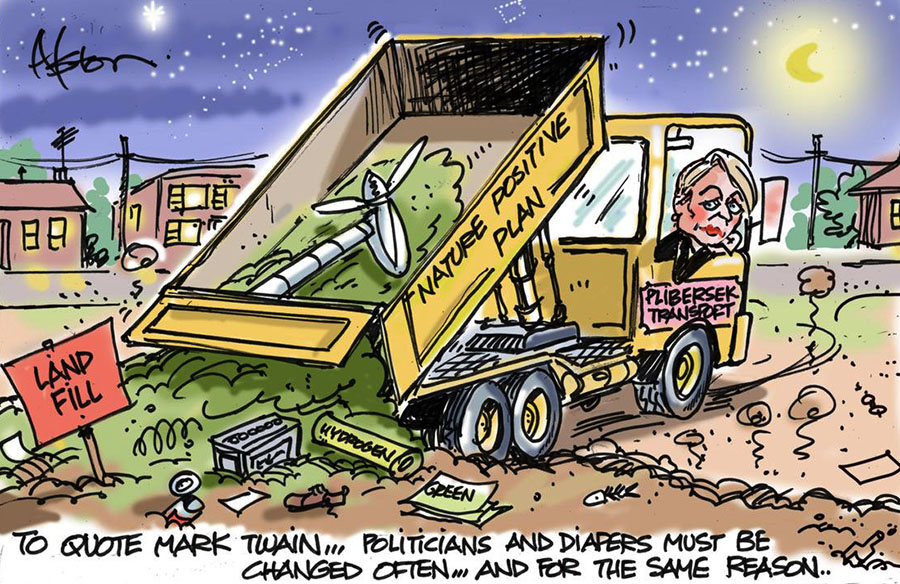
Apparently, approving 1.3bn tonnes of emissions does not undermine the government’s commitments to reaching net zero, the minister argued, because “all of these projects fit within our safeguard mechanism”.
At this point it is worth noting the “safeguard mechanism” was first developed by Tony Abbott and if red flags aren’t waving at this point, then you might want to Google “Tony Abbott climate change is crap”.
The safeguard mechanism allows companies to pay their way out of reducing emissions by buying carbon offsets. These offsets are often utterly worthless, and cost relatively so little that these mining companies had no qualms about paying the cost to emit 1.3bn tonnes of CO2.
Maybe I am too simple, but if your emissions reduction policy does not actually deter coal companies from increasing their emissions, I think there may be an issue with how it works.
Ending thermal-coal mining is the lowest-hanging fruit in reducing emissions, and yet the government is unwilling to pick it.
But at least the safeguard mechanism allows government ministers such as Chris Bowen to say that “Australia is already on track to reduce emissions by 43% by 2030”.
I’m not sure what track the minister is looking at, but the government’s own figures suggest otherwise:
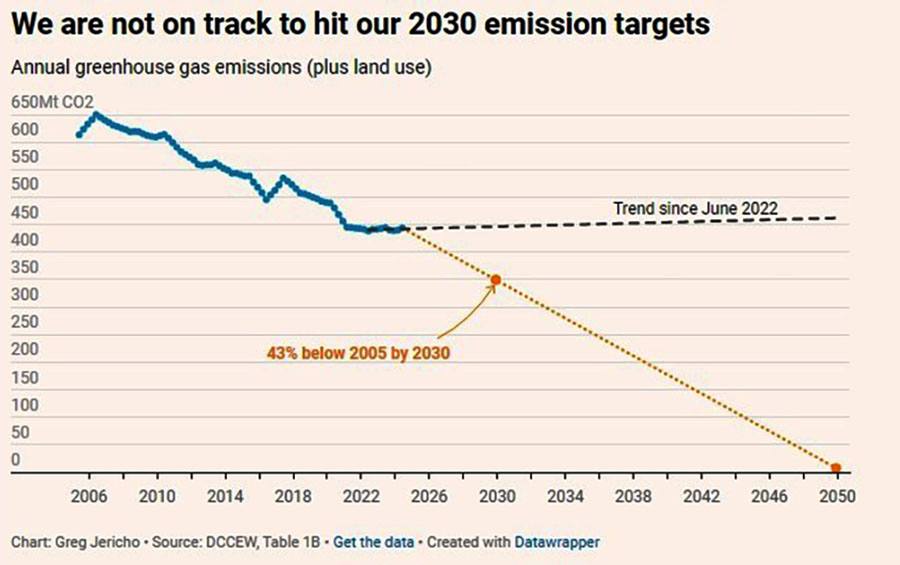
Minister Plibersek might think Pacific Islanders should stop worrying about the government approving new coalmines but, unfortunately, they are not so gullible.
Dr Maina Talia, the Tuvalu climate minister, called the decision “a direct threat to our collective future”.
Maybe Tuvalu should just try to offset their future.
Clearly, approving more coalmines is not good for the climate, but what is less understood is how it is also bad for the economy – especially if you want to build (as the government does) 1.2m homes in five years.
The problem is one of crowding out.
Usually when economists talk of “crowding out”, they mean the government using up the resources in the economy and making it hard for the private sector to get workers or investment.
But it also works the other way. Construction workers – especially those in the “technician and trades” occupation group – are in very short supply.
The unemployment rate for workers in the construction industry has been below 3% for most of the past three years, and there are now fewer than two unemployed construction workers per job vacancy:
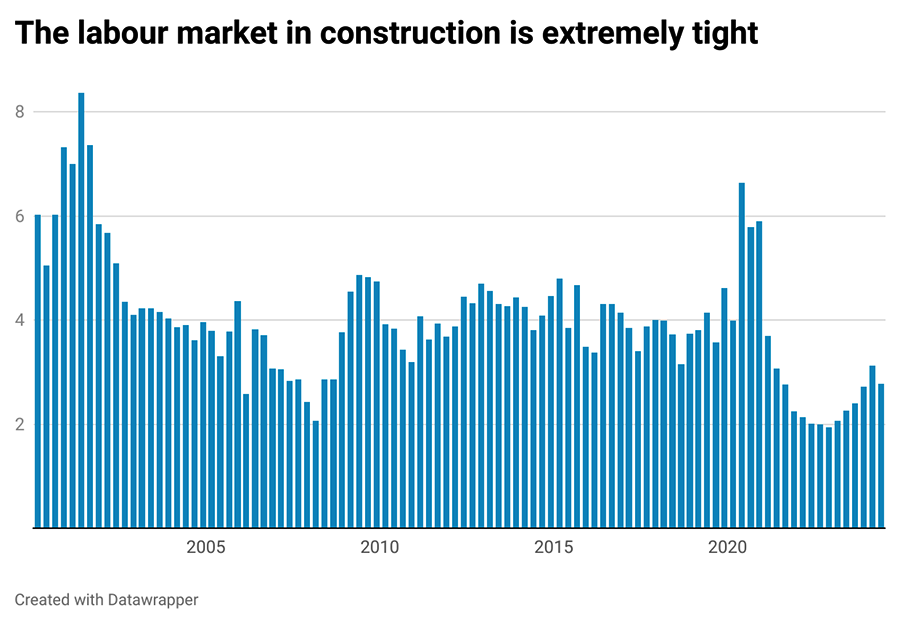
It is easier to get work in construction now than during the mining boom.
That means there is a big fight for workers. Crucially, mining construction competes for the same workers as those building houses, apartments and public infrastructure such as roads and rail. Approving a coalmine means that work will “crowd out” other types of construction work.
You want to build 1.2m homes? Great, but who will build them?
It won’t be those who are constructing a coalmine expansion, or some new gas field.
In a period of full employment in the construction industry, approving new coalmines is essentially saying you want workers to go do that rather than build homes.
Until 2005, about 35% of all construction work done was building new residences – whether houses or apartments. Since 2004 the share of that construction work has never been that high:
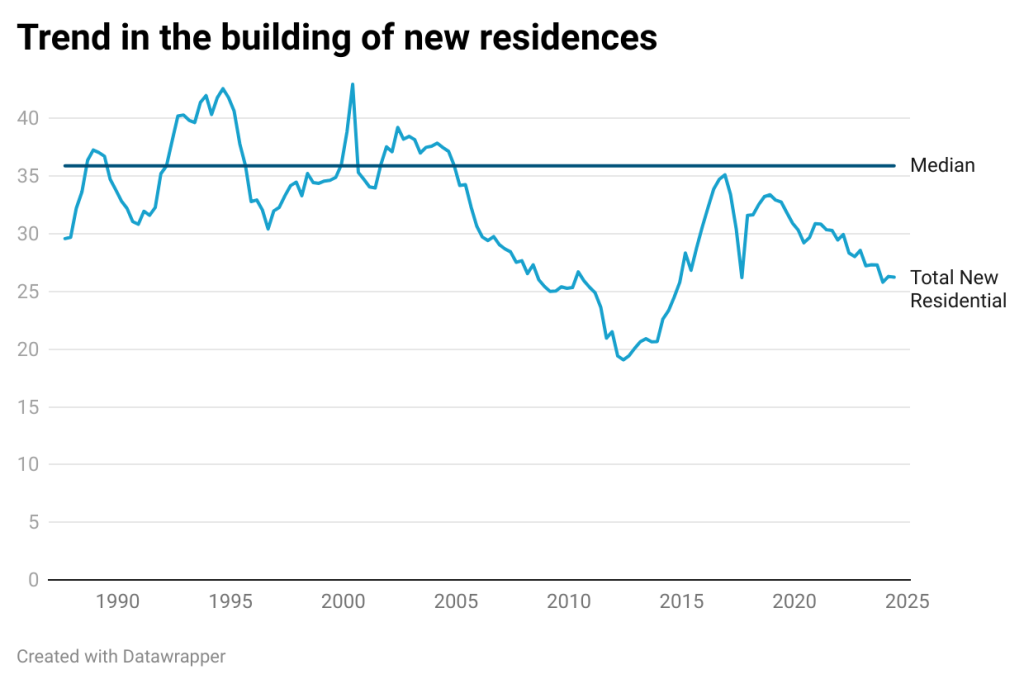
The drop is almost completely due to mining.
The relative amount of work done on public infrastructure and non-residential building works has barely changed. The big shift has been from building homes to private sector engineering work:
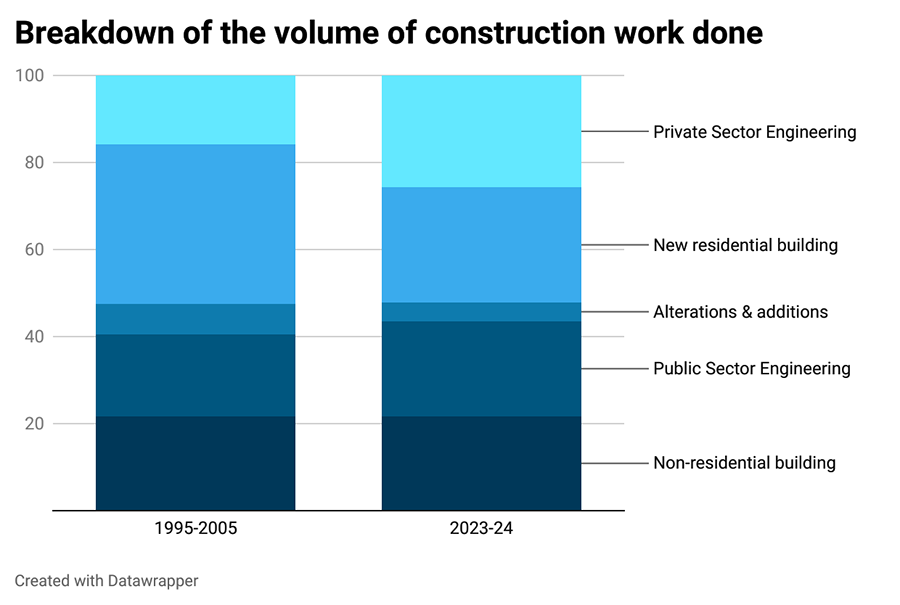
The biggest part of such engineering work is construction in oil, gas, coal and other mines:
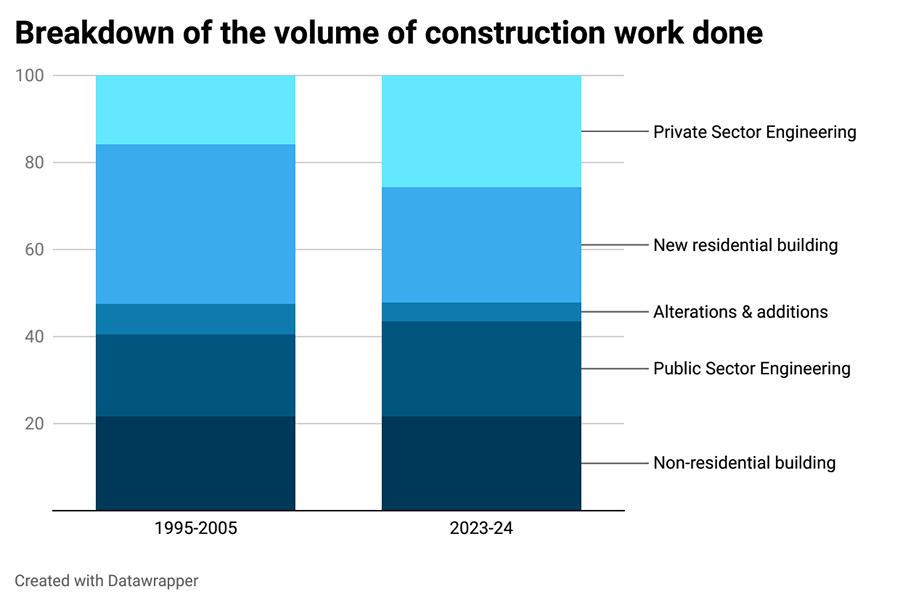
The cost of approving the three coalmine extensions (and any of the others that are on Minister Plibersek’s plate) is thus twofold.
There is the obvious cost of the emissions causing greater climate change – one that has been pretty much swept under the rug via the misnamed safeguard mechanism.
But there is also the opportunity cost that comes from diverting the scarce resources of the economy to fossil fuel projects rather than to building homes for people. Doing so not only reduces the ability for homes to be built but raises the cost of labour to build those homes.
It takes skill to make two things worse with one decision, but Minister Plibersek did just that when she approved the three coalmines.

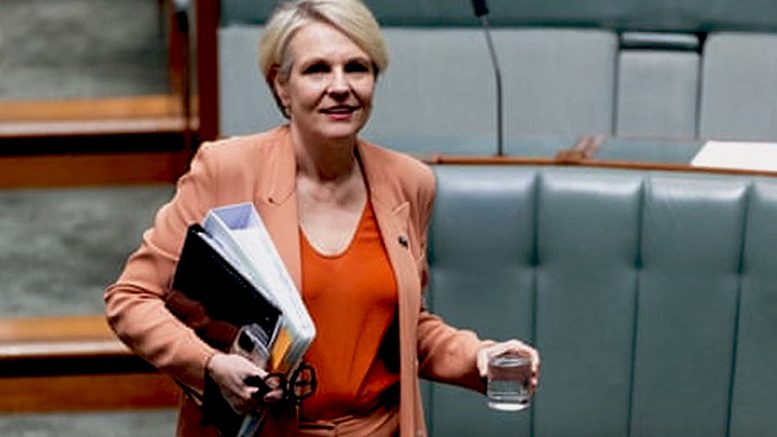
Be the first to comment on "Plibersek’s coalmine decision is double trouble for climate and housing"